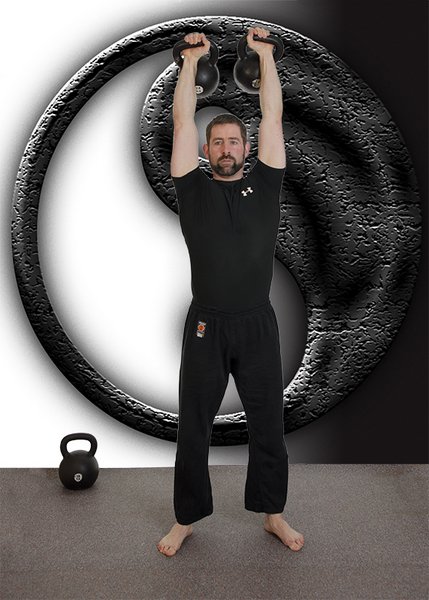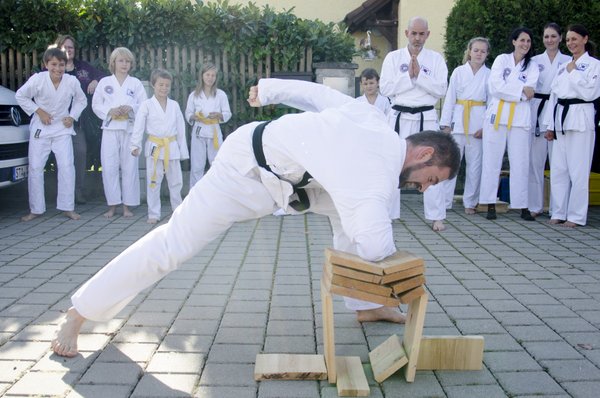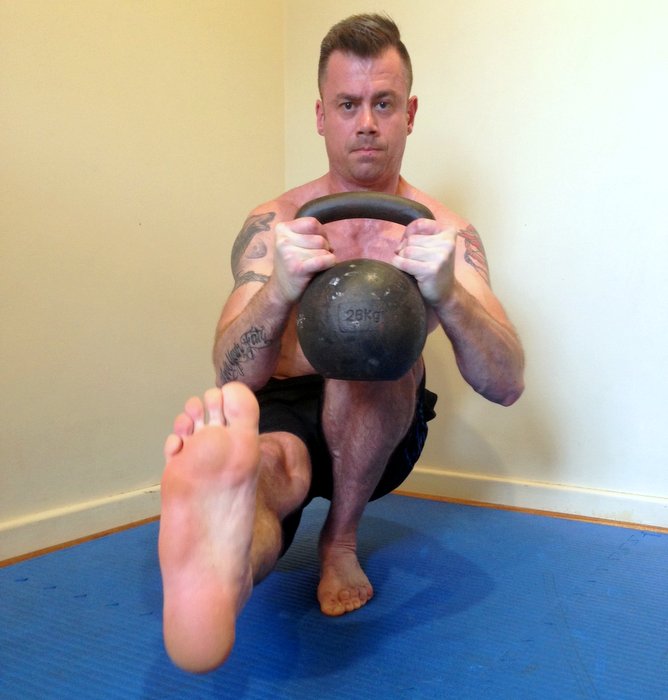
In 2008, in Hungary, I completed my first RKC. As one of the longest-certified RKCs in Australia, one of the most important things that has kept me motivated as an instructor is furthering my education. Constantly learning, evolving and setting new goals every year has kept me passionate about the fitness industry. Most importantly, I have sought out the best knowledge to help my clients be healthier and to become better athletes.
The RKC has always been touted as the “black belt” of kettlebell certifications—and it is! Earning it comes with a great sense of pride, achievement, and status within the kettlebell community. As a martial artist who holds qualifications higher than black belt in two different systems (which took me many years to achieve), I can say that earning your black belt is not an end point. There is much more beyond earning your black belt. In many systems, the black belt is just the beginning—it’s a rite of passage for practice at a deeper level.
For me, earning certifications isn’t about the ranking or increase in my perceived status, nor is it about the piece of paper. It’s is all about what is learned along that journey—that is the real gold. While the certification experience itself is amazing, the golden nuggets are found along your journey to the RKC. And the same is also true for the RKC-II.
I think many people shy away from the RKC Level-II because it may seem like too lofty a goal. The techniques are challenging, and for people without a big background in strength training, the strength prerequisites can be daunting. In the past, people have gotten injured while they were training for it, and some even arrived injured at a Level 2 workshop, knowing they wouldn’t pass the certification. Coincidentally that is exactly what happened to me the first time around. Even though I knew I was injured and wouldn’t pass, I still decided to attend. I traveled to the other side of the world to gain the knowledge and experience to bring back home to my clients. And it was well worth it. Afterwards, I came back home, healed my injury and embarked on a new training program with a coach. I reinvented myself and came back to smash the test and achieve my goal. I had the sweet satisfaction of overcoming my challenges and achieving my long term goal—and not quitting.
However, what I learned along the way was far more valuable. In my own training, the biggest growth periods seem to happen because of an injury. Making mistakes and overcoming obstacles often means big time growth.
As an RKC, the RKC Level-II might be the single best thing you aren’t training for at the moment. Training for and earning your RKC Level-II certification demonstrates a number of things:
- It shows that you can be a client.
If you are a personal trainer, but have never trained with a personal trainer or a coach then you will probably struggle to understand the experience of being a client. It’s hard to lead someone through something you haven’t experienced for yourself.
It’s best to train for an RKC workshop or the Level-II by finding an RKC-II instructor to train you and write a program for you. This also means you will need to be a client. Dan John has eloquently said, “ A coach who coaches himself has an idiot for a client”. While I was able to train myself for the RKC—at the time, there were only a few RKCs spread out across Australia, so training with an RKC meant a few hours on a plane for a training session—training myself for the RKC Level-II wasn’t as successful. I needed someone to carefully assess my level, weaknesses, strengths, and technique. I needed honest feedback and a program specifically designed for me and my level of training at the time. This kind of instruction can only happen face to face, not with cookie-cutter, generic training programs. I needed a program written by a skilled coach.
- It shows that you are coachable and can follow a program.
The only program that works is the one you will actually follow—and the devil is in the details. Preparing for and passing the RKC Level-II demonstrates that you can follow multiple programs for a long period of time. At the time of my first RKC Level-II certification, the guys had to press ½ their bodyweight. Without enough absolute strength in the “strength bank” for a few years prior, candidates would need to follow a strict program to increase their overall strength over a period of six months to two years. In my opinion, many people attempt the Level-II too soon after their RKC Level-I. They sometimes overestimate how strong and mobile they are, only to discover that they may need another six months to a year—or even longer to really be prepared. Following a program also shows that even as a coach, you are still coachable.
- It shows you can take care of your body and auto-regulate your training.
In the lead up to my RKC Level-II, I became too focused on quantity to get the volume up for my big lifts. Once I started sacrificing quality for quantity, and pushed through workouts when I was fatigued, it only led to one thing—injury. Statistically, I am sure about 30% of potential candidates don’t make it to the Level-II because of shoulder or other injuries. Another 30% (or probably more) arrive to the certification with an injury. Preparing for and passing the Level-II demonstrates that you can sweep emotions aside, listen to your body, and auto-regulate your training so that you do not get injured. In other words, it demonstrates that you can train intelligently.
- It shows you have learned about programming and progressions.
How do you improve program-writing skills? You improve by following a great program a coach has written specifically for you. Some of the biggest things I learned while training for my Level-II were about writing programs. I learned the most by talking to my coach and trying to understand the “whys” of my program. My understanding of the benefits and pitfalls of particular exercises and programming principles skyrocketed. Learning from a textbook will only get you so far. Nothing can replace the experience—and more importantly the feeling—of following specific programming, particular exercises, and how they all fit together. Writing programs is a science and an art. Many trainers make the mistake of writing programs for clients without first testing them on themselves or someone else. It helps to know firsthand how these programs and exercises will affect your clients. It is challenging to know when a client is ready to progress, and when to hold off. Learning progressions and regressions of kettlebell exercises is a big part of programming, and you learn all of this on the road to the RKC Level-II.
- It shows you have the required mobility, stability and strength.
Learning and successfully executing the windmill, pistol, jerk, and bent press means you have earned the prerequisite mobility, stability and strength! These lifts demand that that you have the required blend of t-spine, hip, and ankle mobility/stability and strength. These specific lifts are a demonstration of your athleticism. Some trainers may say that these lifts are “circus tricks” and there is no need for clients to learn them, but this couldn’t be further from the truth. Comments like these often come from trainers who don’t have the athleticism to do these techniques well, if they can even do them at all. While the bent press is an old-time strongman lift, it is also the perfect demonstration of hip mobility, thoracic mobility, and shoulder stability. Old-time strongman lifts and “circus tricks” like the bent press demonstrate strength, flexibility and athleticism—why wouldn’t I want my clients to possess these attributes? Sure, it is easier to be mediocre and not an athlete, but for those who want to deepen their practice and their movement quality, I can’t think of many other lifts with the perfect blend of athleticism that these lifts demonstrate.
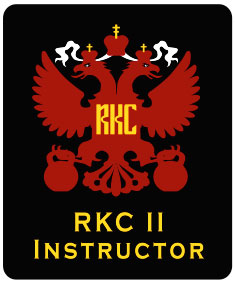 So, are you up for the next challenge in your kettlebell practice? While full of challenges, the road to the RKC Level-II is rich with the priceless experience and knowledge for your development as a girevoy and fitness professional. As a RKC, it could be the single best thing you aren’t training for right now.
So, are you up for the next challenge in your kettlebell practice? While full of challenges, the road to the RKC Level-II is rich with the priceless experience and knowledge for your development as a girevoy and fitness professional. As a RKC, it could be the single best thing you aren’t training for right now.
****
Matthew Beecroft is an RKC Team Leader, PCC, and CK-FMS certified instructor. He is also a GFM and Animal Flow instructor and an Expert Level 2 instructor with Krav Maga Global. As a Muay Thai coach, he has trained amateur and professional Muay Thai champions. He can be contacted through his website: www.realitysdc.com.au
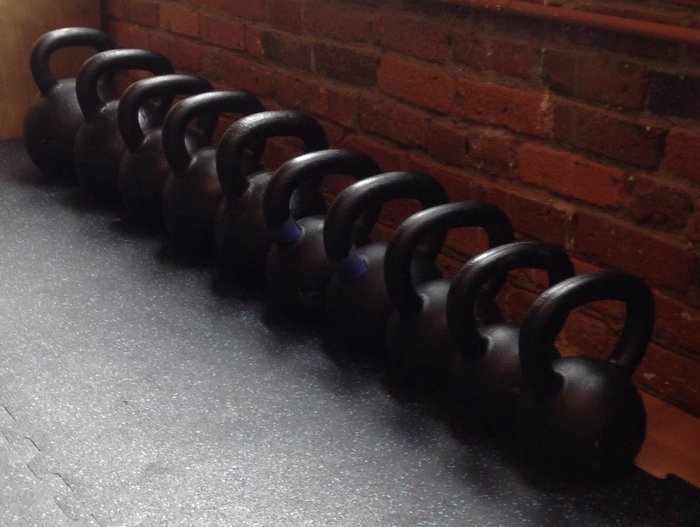
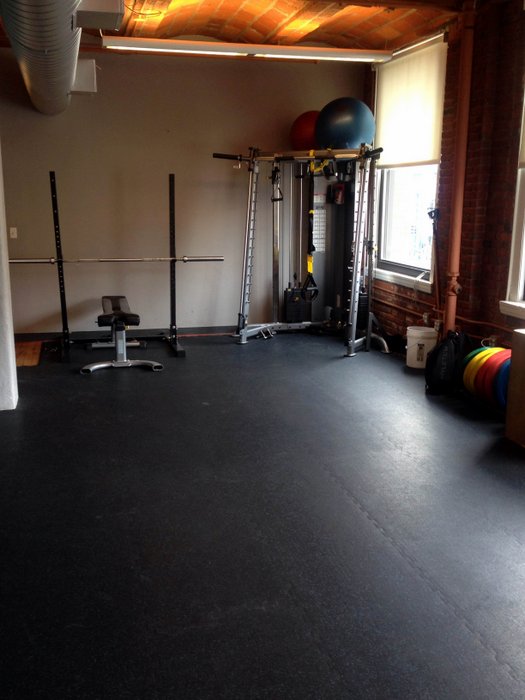
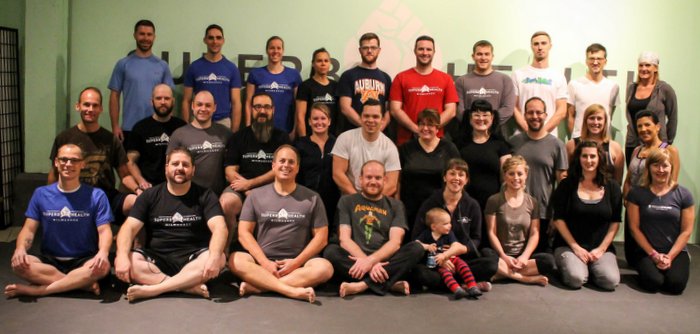
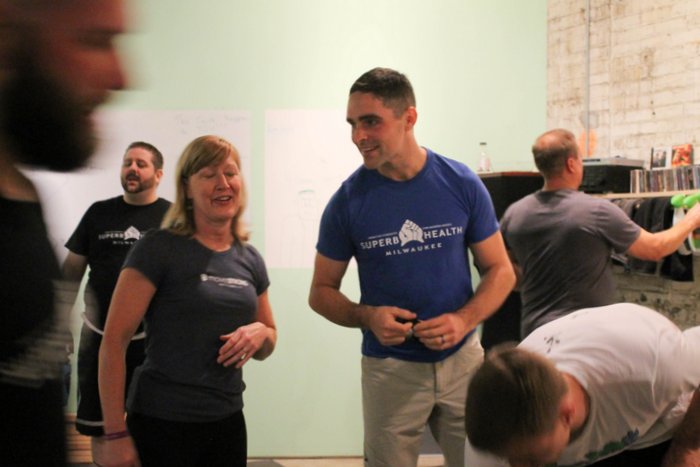
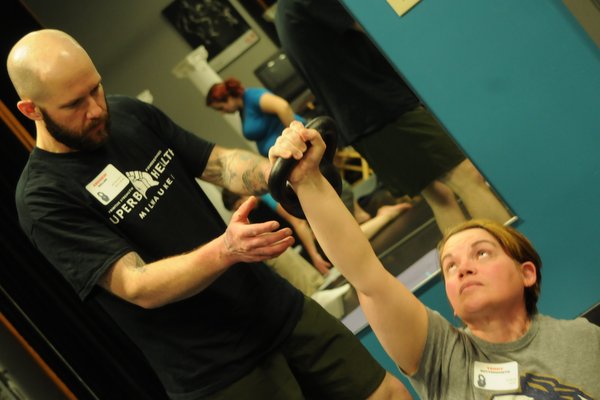
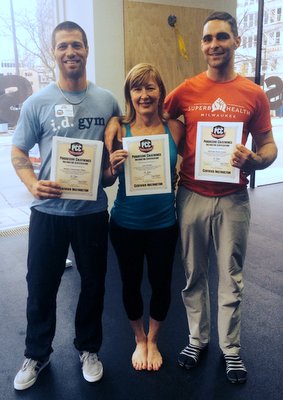
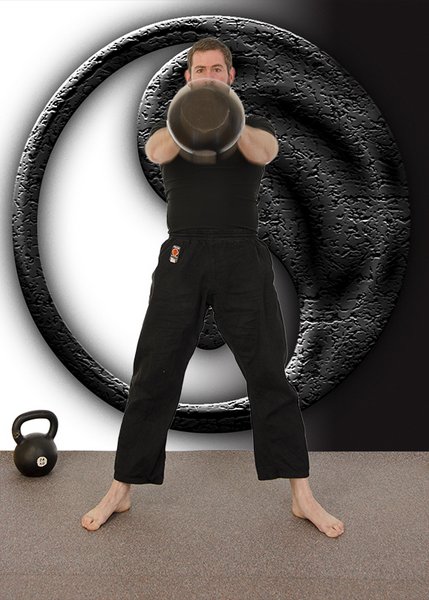 I was introduced to this term years ago when I worked as an IT Consultant for a German automotive supplier. I learned that it was this ancient Japanese concept that transformed Toyota from a small and inefficient car manufacturer into the de facto worldwide industry leader in production efficiency and accuracy. Today virtually all major car manufacturers use the Just in Time concepts invented by Toyota to produce their products. These concepts can save tons of money in production costs while maximizing quality at the same time.
I was introduced to this term years ago when I worked as an IT Consultant for a German automotive supplier. I learned that it was this ancient Japanese concept that transformed Toyota from a small and inefficient car manufacturer into the de facto worldwide industry leader in production efficiency and accuracy. Today virtually all major car manufacturers use the Just in Time concepts invented by Toyota to produce their products. These concepts can save tons of money in production costs while maximizing quality at the same time.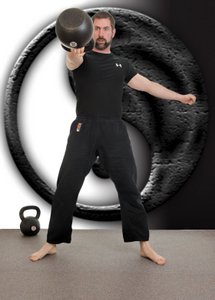 Kaizen and the Hardstyle Kettlebell
Kaizen and the Hardstyle Kettlebell